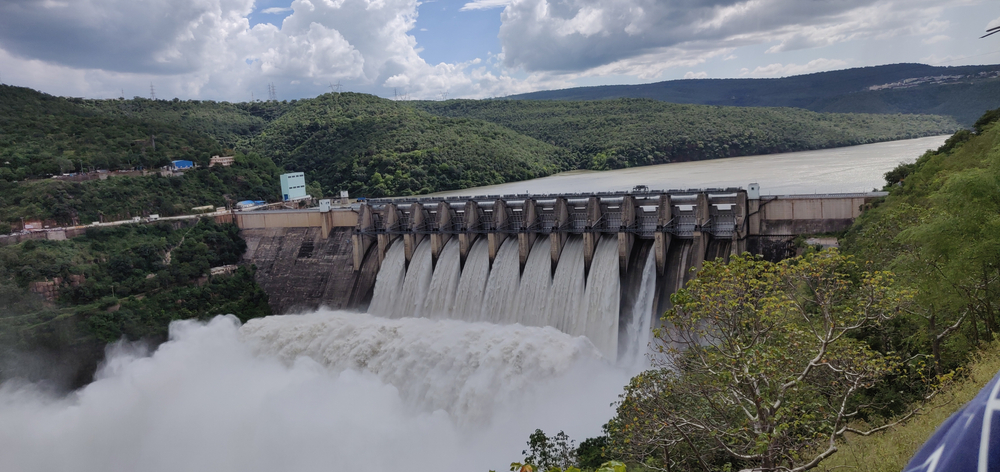
January 20, 2021
The project is in line with the bilateral Indus Water Treaty of 1960 that accords priority on a first-come-first-serve basis.
The project will be taken up as a joint venture between the JKSPDC and the NHPC.
The Bhakra Dam, Shahpur Kandi Dam, Beas-Sutlej link, and Ujh Dam are similar priority hydropower projects.
The provisions of the Indus Water Treaty will need to be revisited as roadblocks regarding reservoir storage are expected.

An 850 MW hydropower intended to be built along River Chenab has been approved by the Union Cabinet this week. With an investment of US$ 72bn, the project will look to leverage the provisions of the bilateral Indus Waters Treaty 1960 that accords priority to the nation that will first implement a project across the River Chenab. An official statement described the project as follows “Government of India is also supporting the Union Territory of Jammu and Kashmir by providing a grant of US$ 106.5 mn for equity contribution of JKSPDC (Jammu and Kashmir Power Development Corporation) in the JVC to be set up for construction of Ratle HE Project (850 MW). NHPC (National Hydroelectric Power Corporation) shall invest its equity US$ 110.8 mn from its internal resources. The Ratle Hydro Electric Project shall be commissioned within a span of 60 months,” As the project will be conducted on a Joint Venture basis, the JKSPDC will have a 49% stake and the NHPC will bear a 51% stake respectively.
In addition to a bilateral water-sharing project on the River Chenab, India has projects on Rivers Ravi, Beas and Sutlej. The Beas-Sutlej link through the Bhakra Dam, the ongoing work on the Shahpur Kandi Dam downstream from River Ravi as well as the recently approved Ujh Dam are a notable few. Experts point to a few pertinent challenges in undertaking electrification projects in the Jammu and Kashmir Union Territories. The frequently cited challenge is closely connected to the rugged topography and uneven population density in focus areas. The maintenance of the electrical grid in these regions is also characterised by significant transportation and fuel costs, in addition to the costs affiliated with generating units for electricity generation. With the hydropower projects such as the Ratle Project on River Chenab, a more sustainable form of energy generation is taking shape. However, legislative roadblocks can arise owing to a provision in the Indus Water Treaty that disallows water storage in reservoirs connected to certain rivers in the Union Territories. It is imperative that the Treaty be revisited to understand how the roadblocks can be overcome such that the border UTs’ power generation capabilities are tapped into.